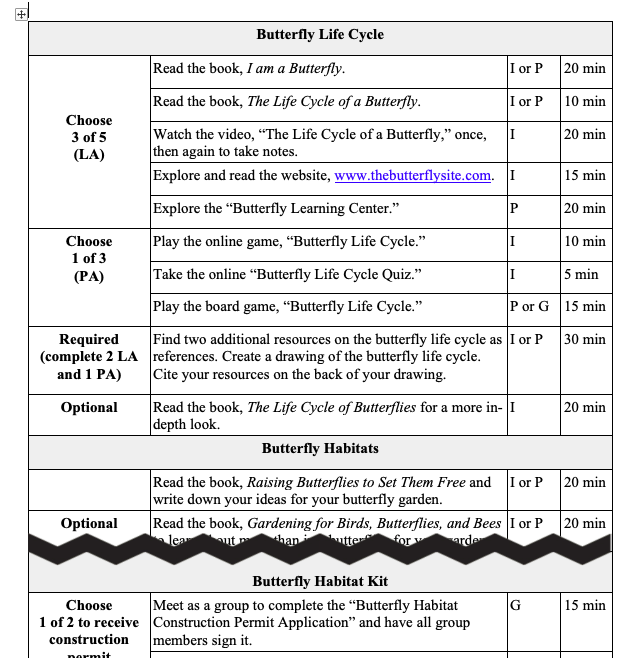As Henry Ford said in 1909: “Any customer can have a car painted any color that he wants so long as it is black.” Remember older movies where all of the cars were black?
When I was growing up in the fifties and sixties, there was pretty much one grocery store in town, the local beauty salon, one television in the house, and three stations on that television (ABC, CBS, and NBC). Choice was not the way of life. Around the 1970s in America, people began to have more disposable income, and product suppliers began creating choices: fabric, color, features, and style.
Today, you choose your barber or hairdresser; you choose from hundreds of television stations; you choose your grocery store and products, including online options. Today’s digitally enriched world provides people with even more choices. With a computer, you can access myriad texts and websites to satisfy your information needs.
Yet when students attend school, they’re typically given the textbook, an assigned seat, and lessons presented by teachers at times chosen by teachers. Somehow, the idea of choice is lost in schooling; and that’s doing a disservice to the learning process.
People are motivated by choice! Choice fuels interest and autonomy, which fuel success.
It’s actually not that hard to give students choice. We get bogged down in designing differentiated lessons. How about just offering students multiple ways to learn and see what they select? More often, students will select the path that makes the most sense to them. Students, by nature, don’t want to take the easy way out, but they may do just that to resist environments in which they have no choice. Students may need some help, at first, in learning to make meaningful decisions, but that’s a skill they should learn for life! Consider the differentiated activity lists below.


These are examples of giving students choice over how they learn. You can also pretty easily give students choice over where they learn and when they learn. Remember the Student-Driven-Learning wheel from the first post in this series:
Empower students through choice and fuel their desire to learn!
More Resources:
- – EdQuiddity Inc. offers online workshops on Increasing Student Choice and Voice Through Differentiation and Fostering Student Empowerment Through Structures.
- – My books Students Taking Charge (K–5 and 6–12 versions) offer strategies and structures for increasing student choice, including how to design activity lists like those presented in this post.

